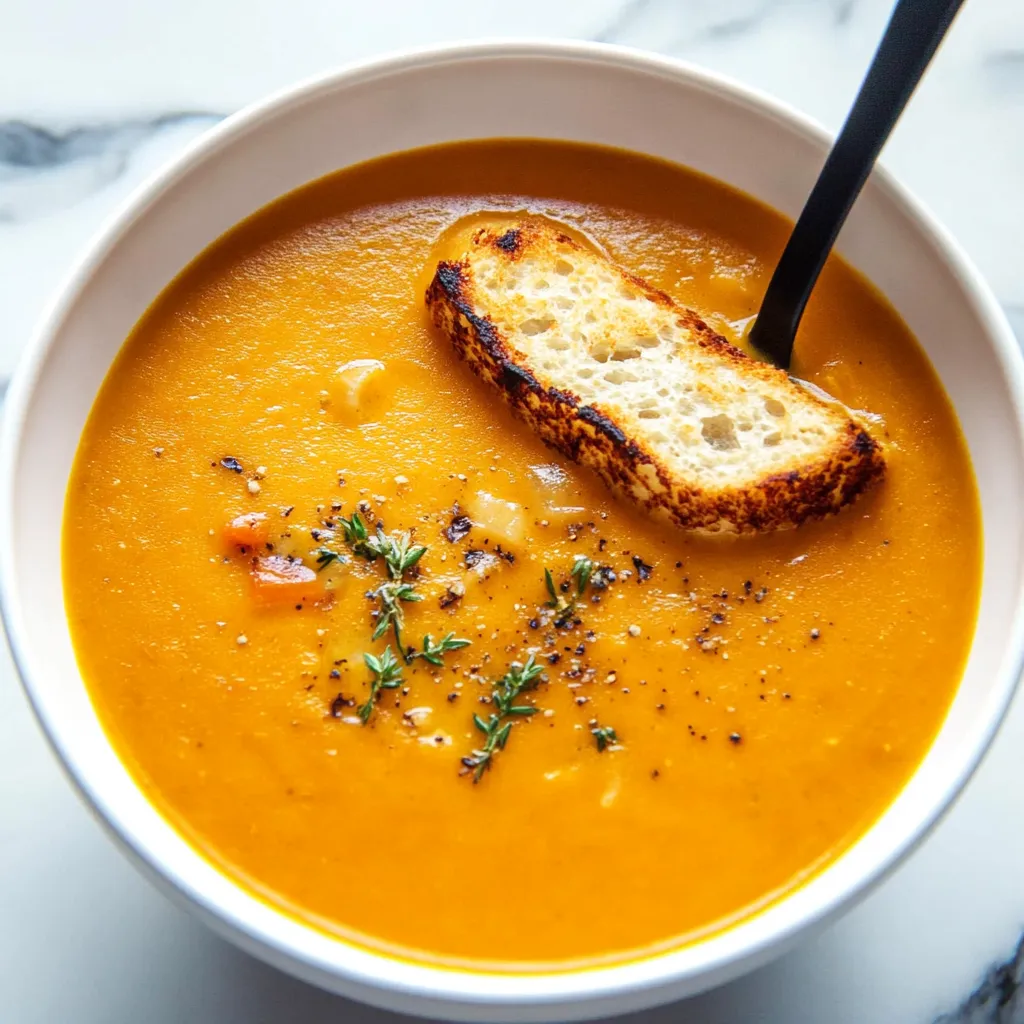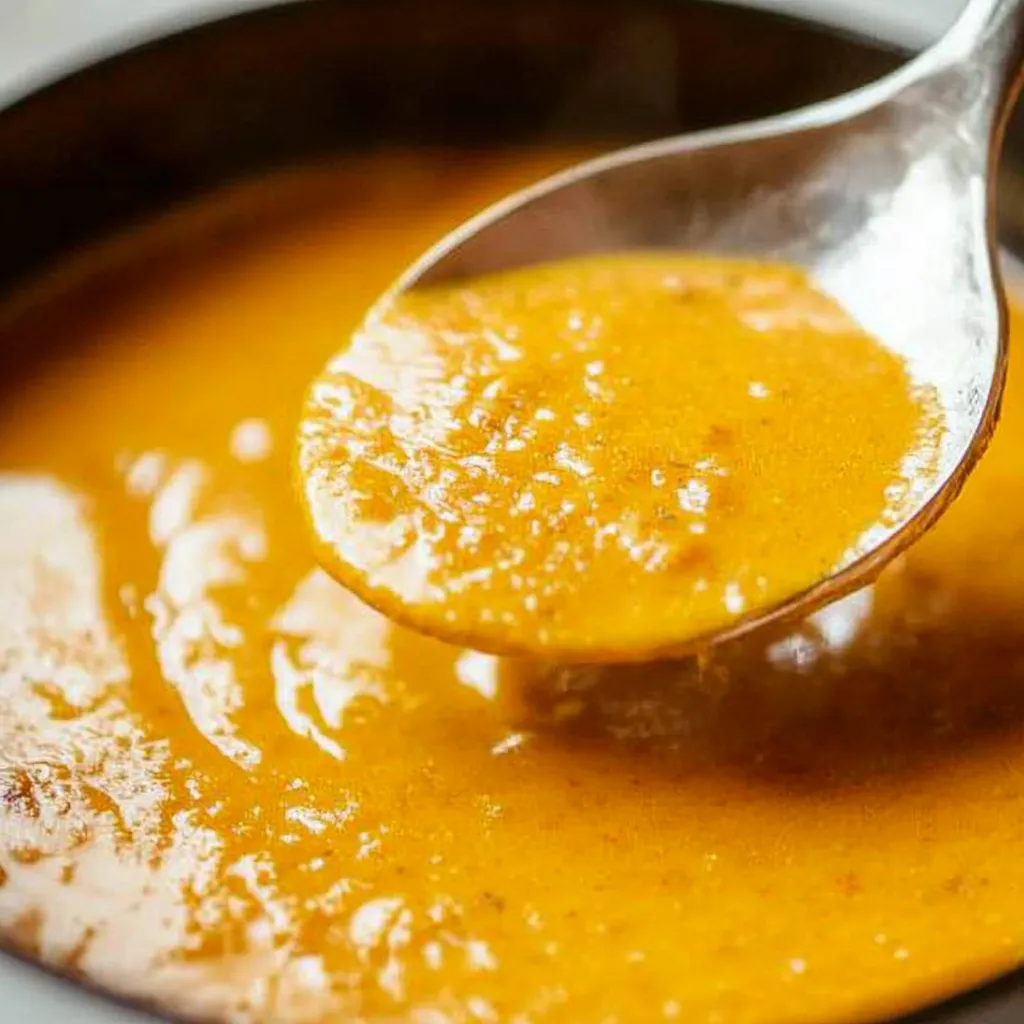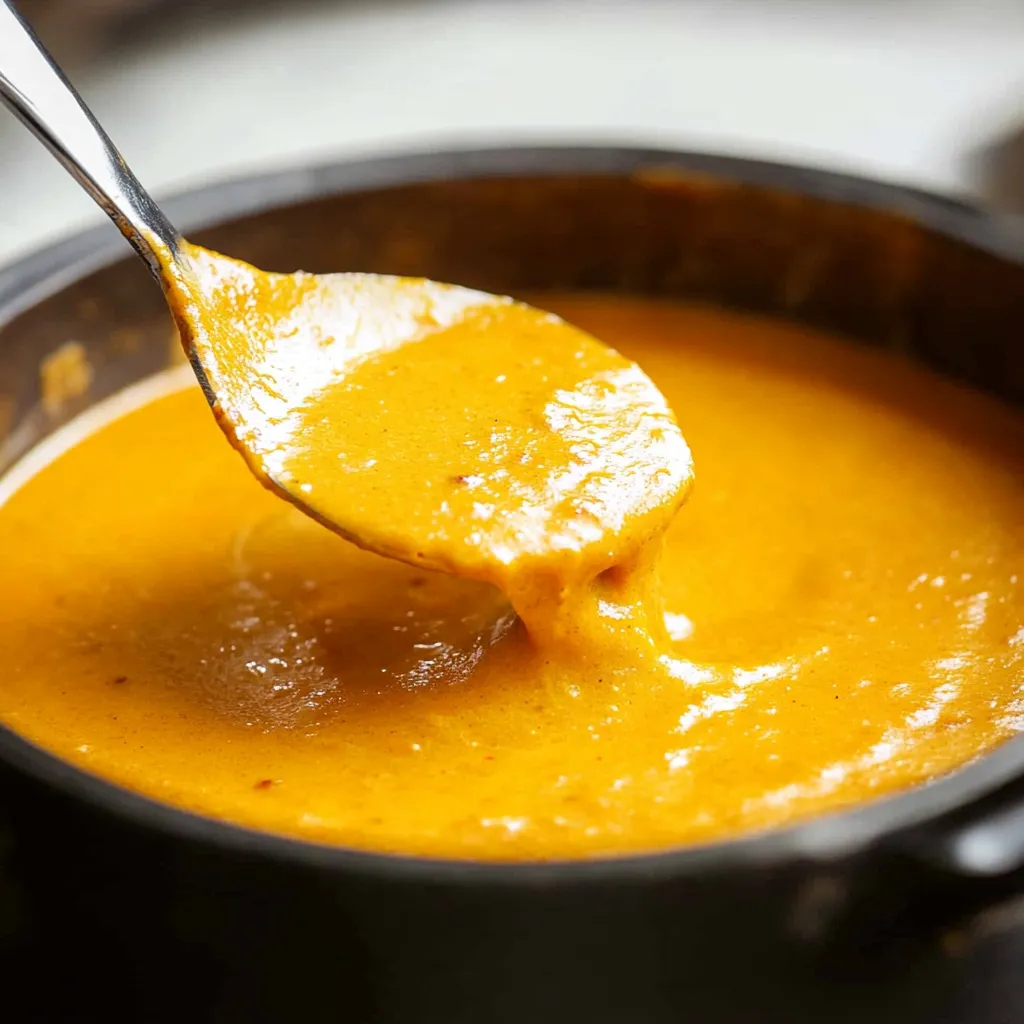 Pin it
Pin it
Creating a luxurious vegetable soup starts with one game-changing technique: roasting. This method transforms ordinary vegetables into caramelized, deeply flavored ingredients that create a soup so rich and creamy, you won't believe it's dairy-free. The natural sugars in the vegetables caramelize during roasting, creating complex layers of flavor that simply cannot be achieved through traditional boiling methods.
After years of experimenting with different soup techniques, roasting vegetables has become my signature method. The first time I served this to my family, they couldn't believe it was made purely from vegetables. Now it's our Sunday afternoon tradition during cold months.
Perfect Produce Selection
- Sweet potatoes: Offer natural sweetness and creamy texture, look for firm, unblemished orange-fleshed varieties
- Red bell peppers: Add subtle sweetness and vibrant color, choose glossy peppers with deep color and no soft spots
- Parsnips: Bring an earthy sweetness, select medium-sized ones that are firm and pale
- Carrots: Provide natural sweetness and beta carotene, pick bright orange, firm carrots without cracks
- Yellow onions: Create depth of flavor, choose firm onions with papery skins intact
- Whole garlic heads: Should be firm with tight, unblemished cloves
- Fresh rosemary and thyme: Create aromatic depth, select bright green sprigs without any yellowing
- Cumin and coriander seeds: Enhance earthiness, always grind fresh for maximum flavor
Creating Your Soup
- Roasting Ritual:
- Begin by preparing your vegetables with intentional, uniform cuts that ensure even roasting.
- Seasoning Stage:
- Toss vegetables with aromatics and spices until every piece is evenly coated.
- Temperature Transform:
- Spread vegetables on preheated baking sheets, ensuring space between pieces for proper caramelization.
- Caramelization Creation:
- Watch for golden edges and slight charring that indicates perfect roasting.
- Flavor Fusion:
- Combine roasted vegetables with stock, allowing flavors to meld and deepen.
- Blending Beauty:
- Transform ingredients into a silky smooth consistency with careful blending.
- Final Flourish:
- Adjust seasoning and consistency to achieve the perfect texture.
 Pin it
Pin it
Growing up, my grandmother always said soup making was an art form. The day she taught me to roast vegetables first was the day my soups transformed from good to exceptional. The natural sweetness that develops during roasting has become my secret weapon in creating memorable soups.
How to Serve Your Creation
This velvety soup shines when paired with complementary sides and toppings. Present it in warmed bowls with a swirl of extra virgin olive oil floating on top. The golden liquid creates an inviting presentation that draws everyone to the table. Each steaming bowl becomes a canvas for creativity. For weekday lunches, I serve it with crusty sourdough bread toasted with aged cheddar. During dinner parties, I elevate it by adding homemade croutons and a dollop of herbed yogurt.
Customizing Your Bowl
Transform this versatile soup base to match your cravings or dietary needs. The beauty of this recipe lies in its flexibility. Some of my favorite variations have come from experimenting with different combinations:
- Exchange sweet potatoes for butternut squash during autumn months
- Add roasted cauliflower for extra creaminess without dairy
- Incorporate roasted mushrooms for an earthy, umami-rich version
Perfect Storage Solutions
Preserve the beautiful flavors of your soup with proper storage techniques. In our house, this soup never lasts long, but when we do have leftovers, they taste even better the next day. Store in airtight glass containers in the refrigerator for up to five days. For longer storage, freeze in portion-sized containers, leaving room for expansion. Thaw overnight in the refrigerator before gently reheating on the stovetop, adding a splash of stock if needed to reach desired consistency.
After years of making this soup, I've learned that patience during the roasting process is crucial. The deep caramelization that occurs when vegetables are properly roasted creates a foundation of flavor that no amount of seasoning can replicate. This soup has become more than just a recipe in our home - it's a weekly tradition that fills our kitchen with warmth and comfort. Every time I make it, I'm reminded of how simple ingredients, treated with care and attention, can create something truly extraordinary.
 Pin it
Pin it
Frequently Asked Questions
- → Why roast the vegetables first?
- Roasting develops caramelization and deeper flavors that make the soup more intensely flavored.
- → Why dice root vegetables smaller?
- Smaller pieces ensure they cook at the same rate as the softer vegetables like peppers and onions.
- → Can I substitute vegetables?
- Small substitutions work (like butternut squash for sweet potato), but major changes will alter the final flavor.
- → Can I make this ahead?
- Yes! The soup keeps well and flavors often improve the next day.
- → Why keep garlic in skins while roasting?
- This prevents the garlic from burning and allows it to become sweet and caramelized.
